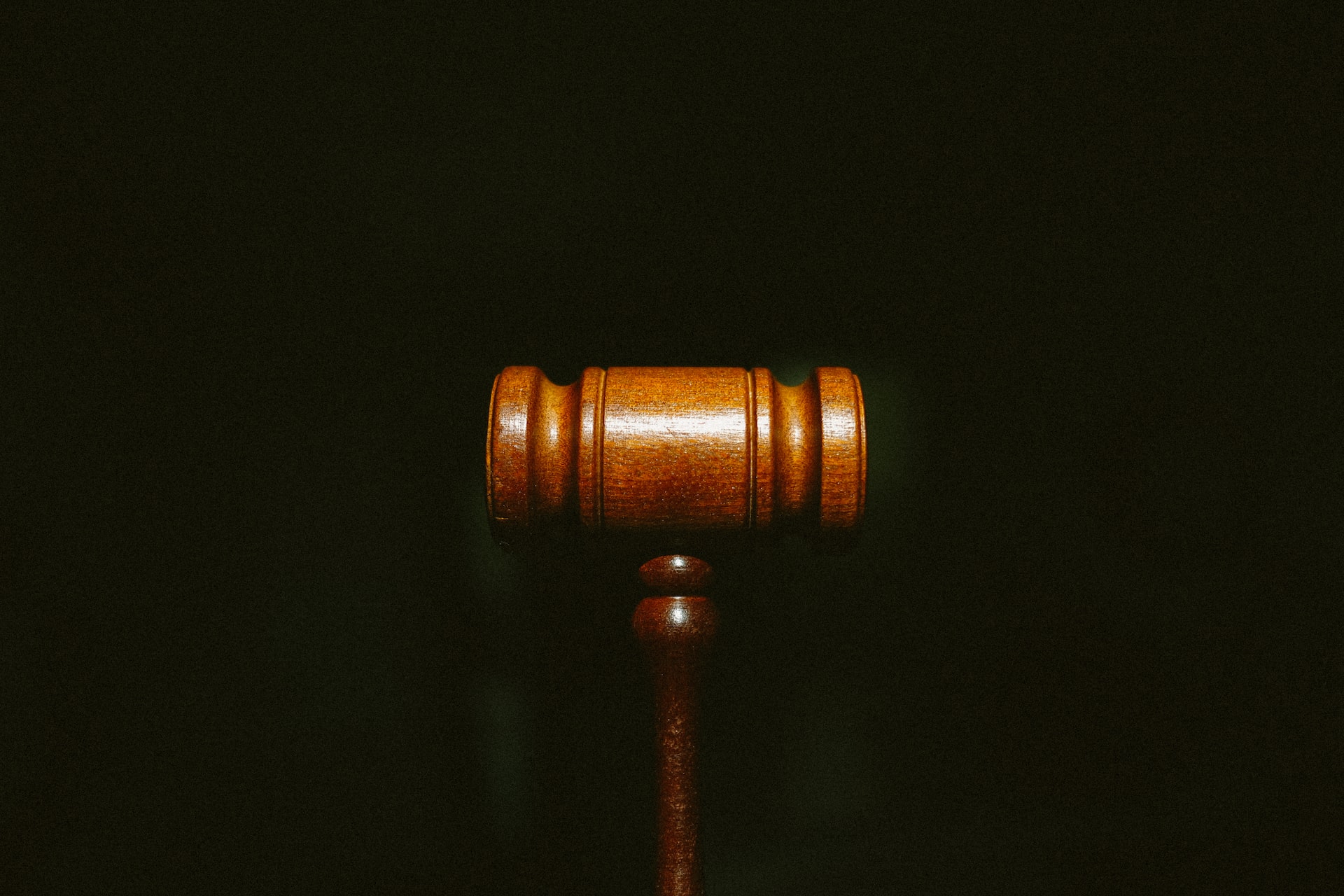DELVING INTO THE SIGNIFICANT DIFFERENCE BETWEEN HURT AND GRIEVOUS HURT UNDER IPC

The main penal code of India, which establishes guidelines for offenses committed there, is the Indian Penal Code of 1860. The IPC makes significant and serious injury distinctions, two categories of offenses with varying degrees of severity and penalties.
A comprehensive legal structure that outlines several offenses and the punishments that go along with them is the Indian Penal Code (IPC). The concepts of hurt and grievous hurt are important in relation to these transgressions.
These terms fall under IPC Sections 319–338 and allude to physically harming someone. This piece in our criminal law series delves into the definitions, provisions, instances, and components of injury and grave hurt to provide a comprehensive understanding of these legal concepts.
Hurt under ipc
- Pain that is experienced by the body as a result of actual physical contact caused by an aggressive attack is referred to be hurt. Harm and assault don’t really differ from one another.
- According to Section 319 of IPC, an individual is considered to have caused harm if they are the cause of another person’s physical suffering, condition, or disease.
- The offense of causing harm is not described in this section. It best characterizes the duration of the injury and does not explain the circumstances that may cause it.
- Example: A is aware of B’s frail heart. He goes to B early in the morning on purpose to inform him that his kid has taken his own life. And B suffers from a heart attack as a result of this shock. A has wounded people.
- punishment for hurt under ipc: The IPC has a section on punishment for intentionally inflicting harm. It stipulates that anyone who intentionally harms another person faces up to a year in jail, a fine of up to one thousand rupees, or both.
grievous hurt ipc
- The term “grievous hurt” describes a more serious kind of physical harm. The IPC goes into significant depth regarding severe harm in Sections 320 to 338. It encompasses a range of specific injuries that are considered more serious because they may cause the victim additional pain, suffering, or long-term effects.
- This kind of hurt places an emphasis on injuries that are more severe than simple discomfort. A comprehensive framework for identifying and addressing the various forms of serious pain is provided in Sections 320-338.
- Example: B faints and falls after A repeatedly strikes his head using an iron rod. They bring B to the hospital. He can’t eat, consume, or sleep well because of the blood clot. He is incapable of carrying out everyday tasks. “A” has damaged people.
- punishment for grievous hurt under ipc: Anyone found guilty of intentionally causing great harm faces a maximum sentence of seven years in either type of jail as well as a fine.
Difference between hurt and grievous hurt under ipc
The Difference between hurt and grievous hurt are as follows:
| HURT | GRIEVOUS HURT |
| Section 319 of IPC defines hurt. | Section 320 of the IPC defines the kind of grievous hurt. |
| Hurt is very simple in nature. | Grievous hurt is grievous in nature. |
| It covers any person’s physical suffering, illness, or disability. | Section 320 lists eight categories of harm that are considered to be grave in nature. |
| This kind of offense is not cognizable, subject to bail, and subject to a magistrate’s trial. | This kind of offense is triable by any magistrate, cognizable, bailable, and compoundable with the consent of the court when any related prosecution is proceeding. |
| If the hurt is coupled with other offenses, such as intentional destruction, etc., it is criminal. | A grievous hurt is a crime in and of itself. |
| Any individual who intentionally causes harm faces a maximum sentence of one year in prison of any kind, a fine of up to one thousand rupees, or both. | Any individual guilty of intentionally causing great harm faces a maximum sentence of seven years in either type of jail as well as a fine. |
| A simple hurt is merely a joke, and a decent person would hardly be offended by it. | The crime that, from an economic perspective, approaches murder is a grievous hurt. |
| A simple hurt is not catastrophic. | A grievous hurt is catastrophic in nature. |
The Indian Penal Code’s legal definitions of hurt and grievous hurt under the Indian penal code clearly distinguish between different levels of harm done to people. In addition to facilitating the administration of justice, the categorization of these offenses highlights the significance of differentiating the degree of harm.
“Grievous hurt” relates to a more significant level of hurt having long-term effects, whereas “hurt” refers to activities that produce physiological pain, disease transmission, or incapacity.
These legal distinctions emphasize the significance of these terms in ensuring appropriate punishment and compensation for victims, and they are backed by examples and case precedents. The way the law is evolving to address these kinds of offenses shows how committed it is to upholding justice and safeguarding individuals.









